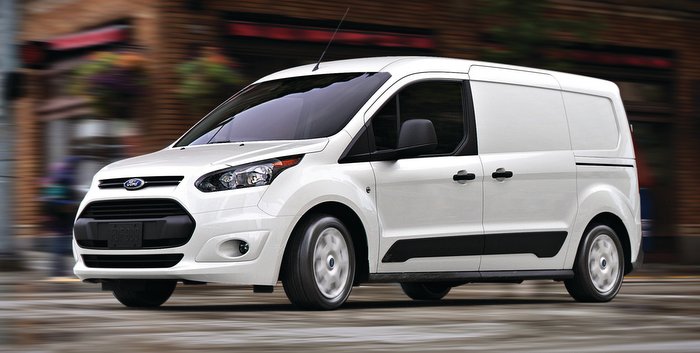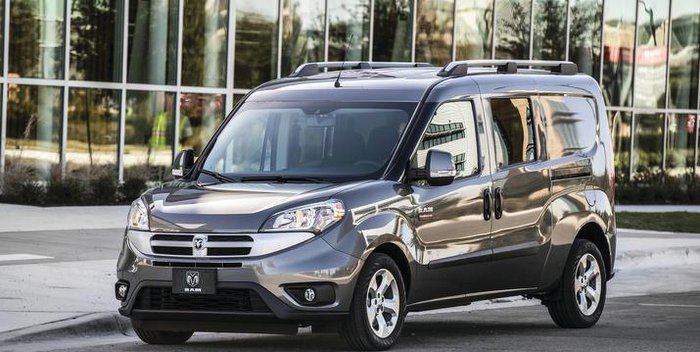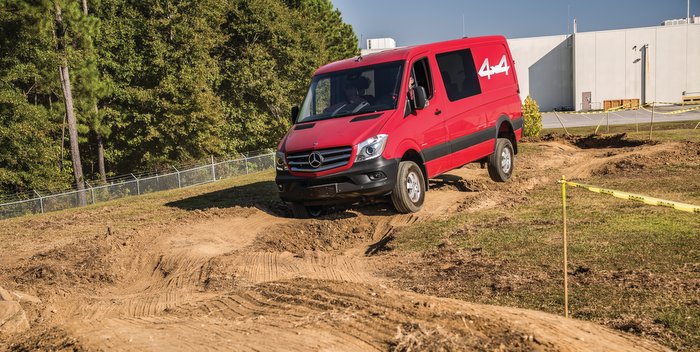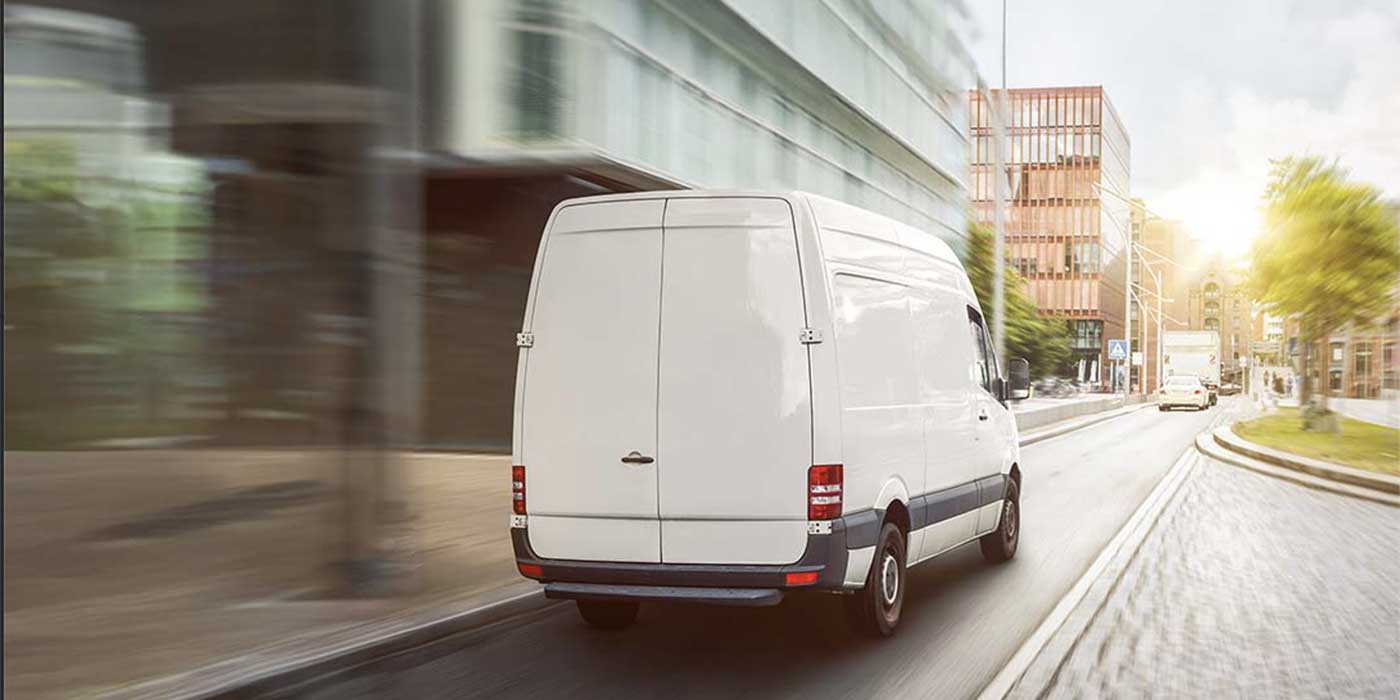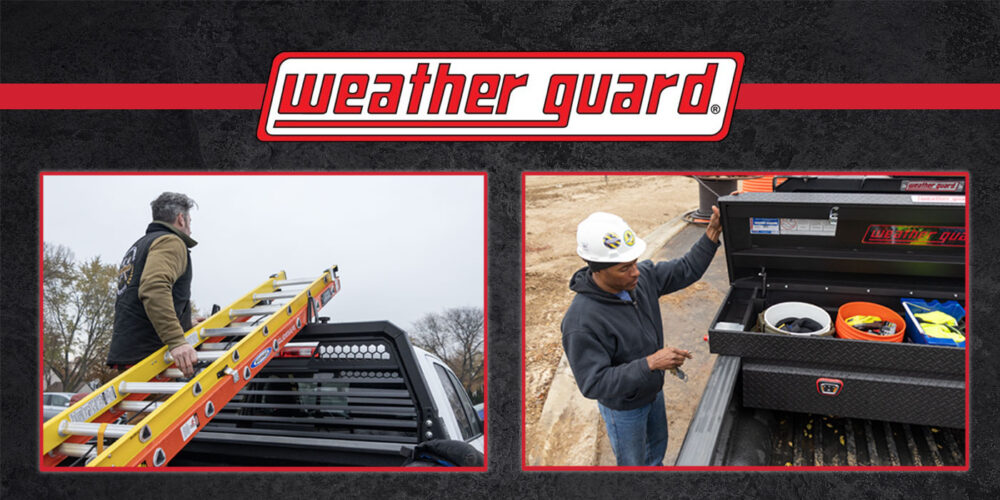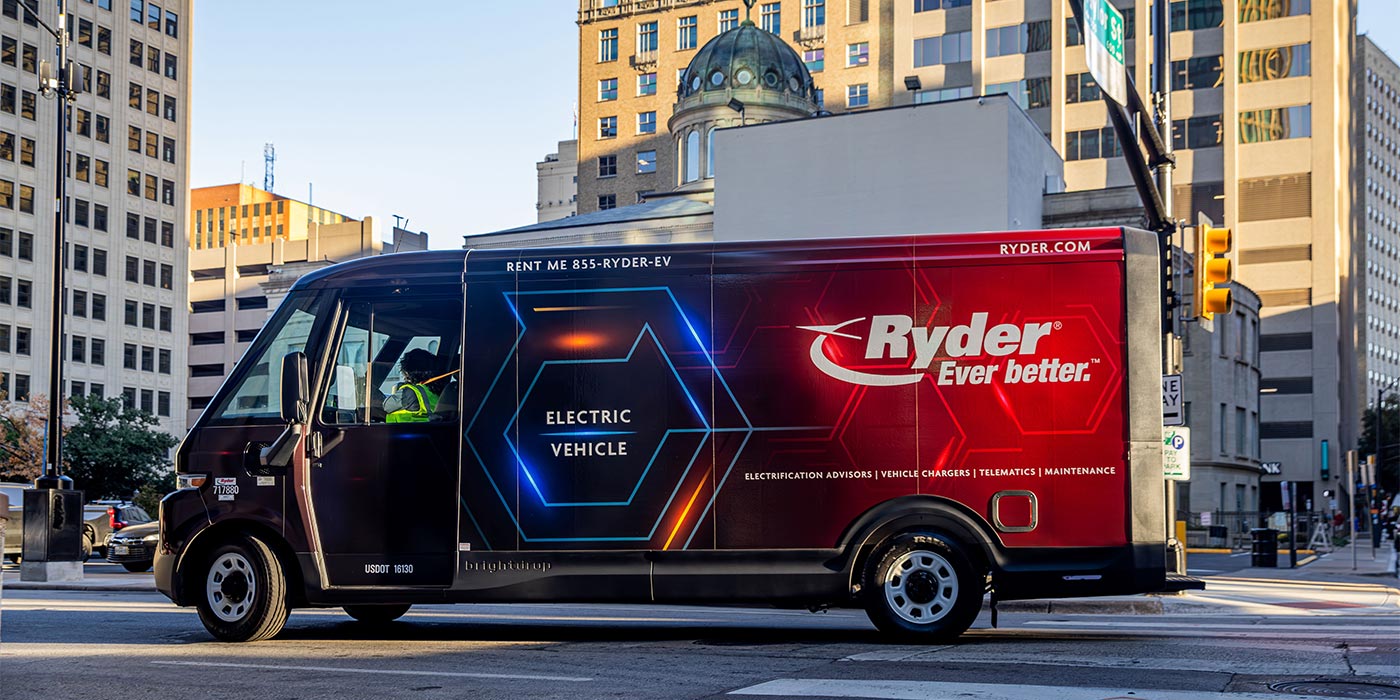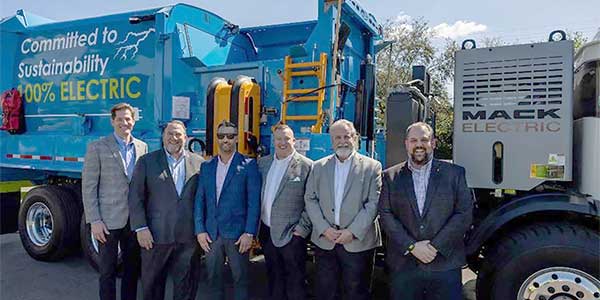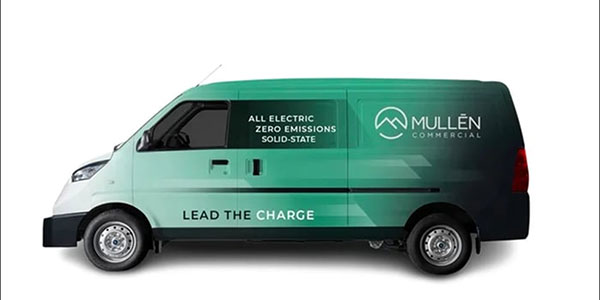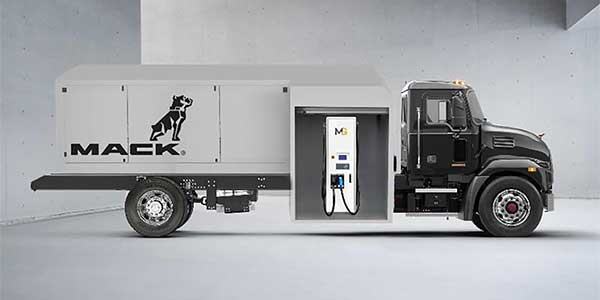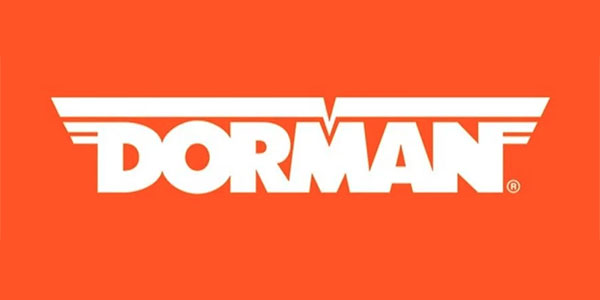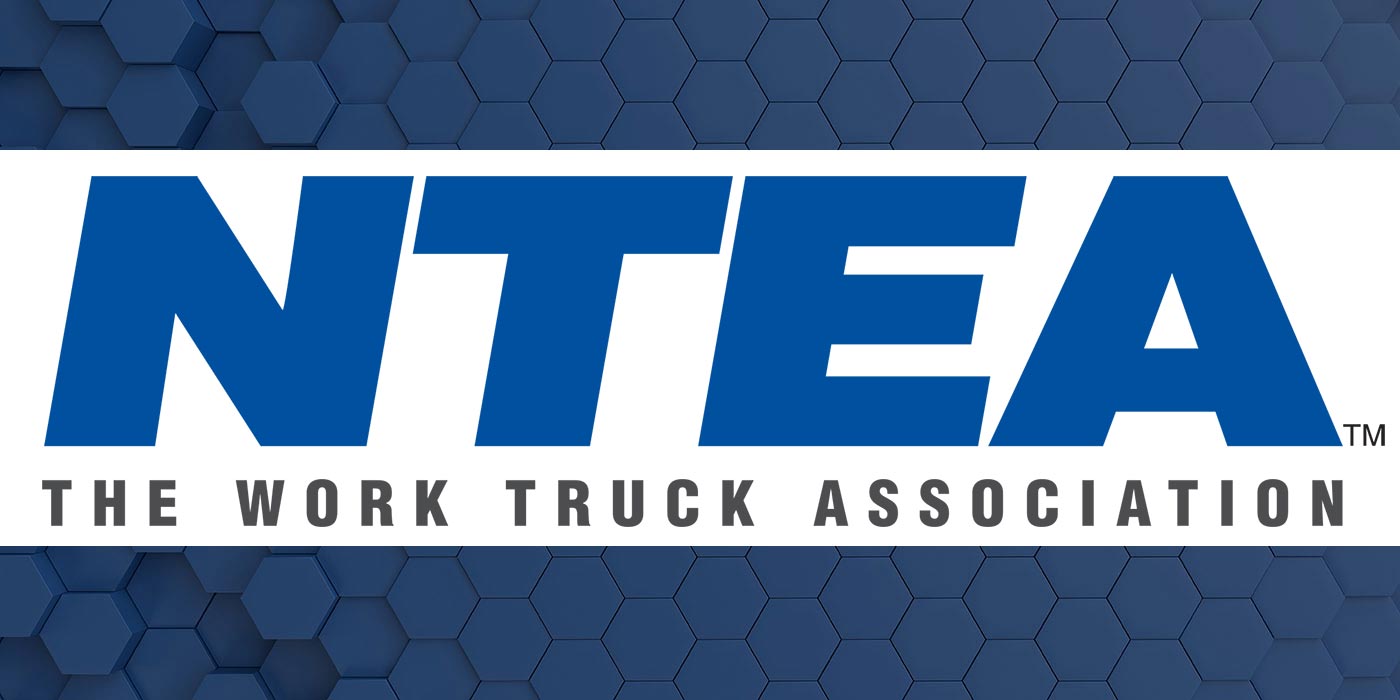In June 2014, Ford Motor Co. took a risk by replacing its established U.S. light-duty van offering, the E-Series, with its longtime European van brand, the Transit. It quickly paid off as the new American-made Transit became the best-selling van in North America.
Ford is not alone in finding success in the van market by looking to Europe for inspiration. European-style vans like the Transit have become popular in the U.S., and are helping to fuel an aggressive increase in van sales across the country.
There are several variations of the Transit available: The full-size Transit is offered in a total of 58 configurations, including van, wagon, chassis cab and cutaway variants. The compact Transit Connect cargo van and wagon are a smaller option. Ford’s E-Series also soldiers on in the form of the chassis cab and stripped chassis, which will continue to be built through the end of the decade.
“There is no one-size-fits-all van,” says Yaroslav Hetman, the brand manager for Ford’s Transit, Transit Connect and E-Series. “Transit customers appreciate the van’s flexibility because it can enable them to right-size and upfit their vehicle to the needs of their vocational applications. Our ship-through upfitters are crucial to making that flexibility work.”
So why has the Transit become so popular so quickly? “It offers customers better fuel economy as well as far more flexibility and capability than they could get with ‘traditional American vans’ like E-Series,” Hetman says. “Even with lower gas prices, fleets are always looking for fuel savings. Transit offers up to 46% better fuel economy than E-Series and competing vans. Transit Connect gets an unsurpassed fuel economy of 29 MPG on the highway.”
Fuel savings are always foremost on a fleet manager’s mind, so when vans are available that provide improved fuel efficiency, increased utility options and comparable storage abilities, it becomes an attractive option.
“Transit provides maximum cargo capacity that’s up to 75% more than the largest E-Series van offered,” adds Hetman. “Because it is 300 lbs. lighter than E-Series, Transit can provide greater payload, as well as its fuel economy improvements. In some fleets, they are even replacing trucks with vans because of the added utility the vans can provide.”
Ford is far from the only van maker who has shifted focus to the Euro-style vans. One such offering is Ram Commercial’s ProMaster line, which was modeled on the Fiat Ducato. The ProMaster was introduced in 2013, and for the 2016 model year, Ram claims best-in-class fuel economy, step-in height, ceiling height and lowest maintenance costs among commercial vans. ProMaster vans are offered in three different wheelbases, two roof heights and four overall vehicle lengths. ProMaster is also available in chassis cab and cutaway versions that are upfitted with various cube boxes and service bodies. The company especially touts the ProMaster’s exclusive front wheel drive system, which gives it traction even when unloaded.
Another Ram van, the ProMaster City, was introduced in 2015. Modeled after the Fiat Doblo, it was built for improved payload capacity, cargo area, performance and fuel economy, according to the company. ProMaster City (pictured below) is available as a cargo van or a passenger wagon.
“As Fiat Chrysler Automobiles [the parent company of Ram Commercial] becomes an increasingly global company with a global focus, we have seen and will see more global product offerings in spaces where we haven’t played before,” says Dave Sowers, head of Ram Commercial. “ProMaster and ProMaster City are great examples of leveraging this global focus. They bring highly successful products to the U.S. market that offer van customers a package that delivers on what small businesses need most. The introduction of the ‘Euro-style’ vans provide fleet customers with more choices that focus on technology and aid them in ‘right-sizing’ their fleet and reducing total cost of ownership.”
Of course, when you think of a Euro-style van, the Mercedes-Benz Sprinter is one of the first to come to mind. Introduced in 2007 (known then as the Freightliner Sprinter), the Sprinter was the first European-style van offered in North America. Today, it is offered in cargo, passenger, cab chassis, crew and cutaway varieties. It comes standard with features such as crosswind assist, which helps compensate for the effects of gusts of wind on the vehicle, within the bounds of physical possibilities. It is activated at speeds of 50 MPH and over.
Optional features for the Sprinter include a 4×4 system (available for crew, passenger and cargo Sprinters) with downhill speed regulation and optional low-range gearing. Also optional for the Sprinter are many of the latest safety features, including crosswind assist, blind spot assist, lane keeping assist, highbeam assist and collision prevention assist. The Sprinter 4×4’s all-wheel drive system can be activated at the push of a button, for which torque is then distributed at a ratio of 35:65 between the front and rear axle.

